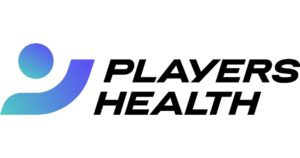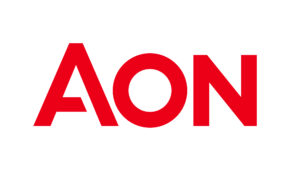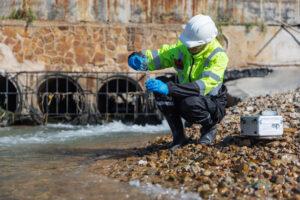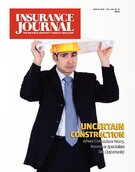
Insuring College Athletes
“The reason why insurance is now being introduced more consistently is that there are now real dollars at risk. And we’re not talking a small amount of dollars, either. We’re talking billions of dollars that are now going to athletes. Universities, for the first time, are now sharing athletic department revenues back to the athletes.”
— Said Tyrre Burks, founder and CEO of Players Health, a sports-centric managing general agency. Following decades of a strict no-pay policy enforced by the NCAA, athletes were cleared to begin profiting off their name, image and likeness (NIL) in 2021. They have since been legally allowed to receive money from third parties like donor collectives and brand sponsorship deals — but they haven’t been cleared to receive funds directly from their schools.

Diversifying Cyber
“They’re seeking diversification in the standard ways we know of-writing across multiple industries, size segments, and geography-but also more nuanced diversification by really looking at what technology dependencies are large exposures for their portfolios. So, more carriers are investing in different scanning capabilities and different tools that really identify those technology aggregation points across the portfolio.”
— Crystal Boch, U.S. head of cyber analytics at Aon Re, said while serving as a panelist at this year’s PLUS Cyber Symposium in New York City. As cyber insurance rates have begun to stabilize, insurance carriers are seeking more diversification to fuel their underwriting and growth strategies, according to speakers at the event.

Supporting Science and Speech
“The purpose of this was very clear: to silence the science, preventing people from doing anything with it, sharing it in any form.”
— Said Caitlion Hunter, director of research and policy for Rise St. James, one of the plaintiffs in a lawsuit filed by Louisiana environmental organizations over the recently passed Community Air Monitoring Reliability Act (CAMRA), which requires that community groups that monitor pollutants “for the purpose of alleging violations or noncompliance” of federal law must follow EPA standards, including approved equipment that can cost hundreds of thousands of dollars. Community groups sharing other information that did not meet these requirements could face penalties. of $32,500 a day.

Weathered Workers
“They’ll continue to answer the bell as long as they can, but you can only ask people to work 80 hours or 120 hours a week, you know for so long. They may be so bleary-eyed, they can’t identify what’s going on on the radar.”
— Elbert “Joe” Friday, a former weather service director, commenting on thinly-stretched staff at local and regional weather services. A depleted National Weather Service has cut the number of workers and the hours of service, meaning some areas are going without the surveillance they need to keep residents safe from deadly storms. The U.S. is on track to see more tornadoes this year than in 2024.

Reforms Attract Entrants
“Florida’s legislative reforms acted as a material tailwind for longstanding participants but also improved the environment to attract new entrants, effectively increasing capacity. Additionally, the retreat of certain carriers–whether through reduced market participation or the suspension of new business–has created space for new companies to establish a foothold, further reshaping the competitive landscape.”
— Said Josie Novak, senior financial analyst for AM Best. Excluding national carriers and state-created Citizens Property Insurance Corp., Florida’s direct premiums written rose from $5 billion to over $11 billion since 2020.Growing Coastal Risks

“Our data shows that the coastline is evolving, with the impacts of hurricanes extending not only further–both in cost and distance–but also on a more consistent basis. This is being reflected in insurance pricing, which in some cases can actually price people out of what had previously been thought of as less-risky markets.”
— Maiclaire Bolton-Smith, vice president of insurance product marketing at Cotality, said. Cotality found millions of properties from Texas to Maine at moderate to high risk of wind and flood damage with a potential reconstruction cost value risk of $13.9 trillion.
Was this article valuable?
Here are more articles you may enjoy.


 Dunkin’ Cashier in Georgia, Stabbed by Rapper, Can’t Claim More Than Workers’ Comp
Dunkin’ Cashier in Georgia, Stabbed by Rapper, Can’t Claim More Than Workers’ Comp  Dozens of State Attorneys General Urge Congress Not to Block AI Laws
Dozens of State Attorneys General Urge Congress Not to Block AI Laws  State Farm Sued Over Policies Backed by Distressed Insurer PHL
State Farm Sued Over Policies Backed by Distressed Insurer PHL  Acrisure CEO Greg Williams Makes $400M Commitment to Michigan State University
Acrisure CEO Greg Williams Makes $400M Commitment to Michigan State University 


